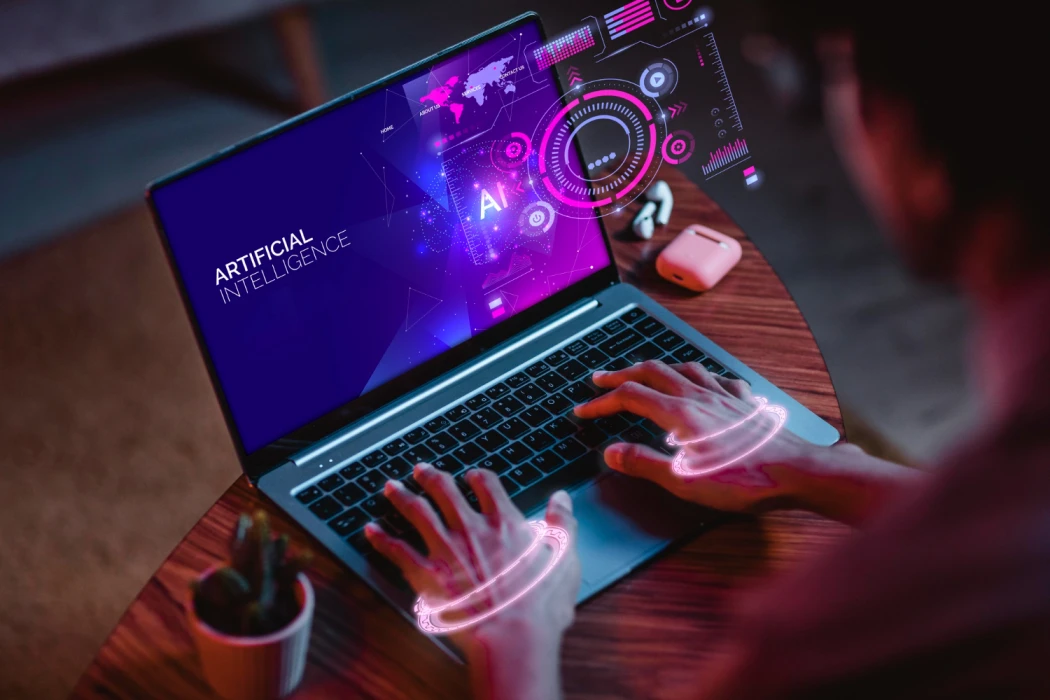In a tech landscape increasingly overshadowed by artificial intelligence (AI) capabilities, the role that humans play in coding is under a microscopic and necessary review. With entities like OpenAI's GPT-4 and its derivatives, such as the notorious GitHub Copilot, the lines between human interaction and AI coding assistance are blurring at a concerning pace—for some of us, at least.
Introduction
Artificial Intelligence (AI) is now not just a peripheral asset but an active participant in an activity once deemed solely the domain of humans. With its complex logic and creativity, programming is slowly infiltrating by machine learning models that promise to nudge the keyboard away from our hands and replace human intuition with lines of automatically generated functions.
This isn't an entirely one-sided battle, as it were. Developers, and even some I interact with in my team, are drawn to the allure of AI's assistance with code. The appeal is understandable. AI can write complex functions, deliver immediate suggestions, and potentially reduce the bulk of time-consuming, repetitive tasks. They argue for open-source models like OpenAI's GPT-3 as a tool, an ally in the technical trenches, not as the unsuspecting redeemer from an unimaginable workload. I'm inclined to question that narrative.
The Promise and the Pitfalls
The rosy promises of AI in programming, touted as the ultimate solution for an efficient and error-free coding process, often fail to mention the dark overtones of such an endeavor. AI tools do expedite the process, but at what cost? The potential for errors is exacerbated by AI's oversimplified view of tasks and solutions. This forces one fundamental question to arise—are we potentially breeding a generation of developers who rely solely on AI and, worse, accept its output without question?
There is a cognitive dissonance between what AI can offer and what it could eventually take away. It's not just the possibility of code with latent bugs awaiting its grand unification to blow out of proportion in a working product. The subtle erosion of the creative and analytical processes also forms the backbone of quality coding. By depending on AI tools for instant solutions, developers miss out on the crucial process of wrestling with a problem, iterating on multiple designs, and arriving at a solution that is not just functional but ingeniously crafted.
The Role of Human Ingenuity
In our rush to automate, we overlook that the best products and systems in the world emerged from the crucible of human creativity and experience, not a machine's sterile, deterministic algorithms. There's a subtle art to coding — an art that AI tools, at their current stage, cannot fully comprehend nor replicate. Directions given to AI models are only as good as the person providing them, and often, they are subjected to human biases in the training data or the programming of the model themselves.
A computer can write code—it can even write code that works. However, it cannot anticipate the future or innovate based on a sound understanding of programming principles, current needs, and the nuances that can only come with years of experience. AI does not think, which implies a consciousness it does not possess. It merely regurgitates patterns it learned from many past coders and their solutions.
The Middle Ground
Except for the most basic coding tasks, where the parameters are well-defined, AI should not be the crutch that it is often made out to be. There is a middle ground where AI performs administrative or mundane tasks such as code formatting, consistency checks, or even rudimentary bug fixes. It frees up a developer's time to do what humans do best—innovate, solve complex problems, and create something genuinely new.
For example, AI-based tools have a promising future in code review. They can excel at identifying syntax errors, suggesting better variable names, or even ensuring adherence to company coding standards. However, when it comes to the primary task of writing innovative or complex code, developers should maintain the helm.
Conclusion
The infiltration of AI in coding has both potential benefits and severe drawbacks. We must acknowledge AI's benefits while remaining critical of its limitations. Through a balanced approach, where AI is utilized as a supplementary tool rather than a crutch, the future of coding can thrive as a collaborative effort between human ingenuity and technological prowess.
In a world where AI is increasingly intertwined with our daily processes, especially in programming, we must continue advocating for a balance that values human insight and experience. The story of AI in coding unfolds, and the ending still needs to be written. However, as one who cherishes the opportunity to solve problems through the medium of code, the human-AI relationship should be symbiotic, each playing to its unique strengths. After all, in the grand scheme of programming, we might find that the best code is written as a duet, not a solo.
Tags
Subscribe to
Our
Newsletter
Join 1,000+ people and recieve our weekly insights.

Success!
Thank your for subscribing to Buzzvel's
Newsletter, you will now
receive
amazing
tips
and insights weekly.




